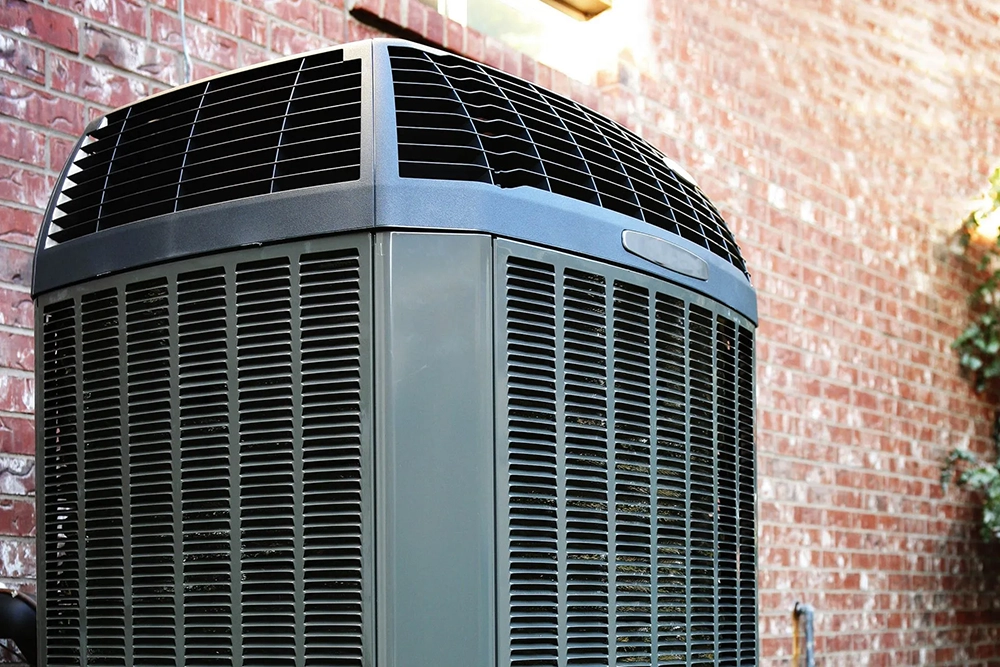This depends on the type of filter and how you use your furnace. Review the types of filters from the list below:
Disposable filters: A disposable filter should be changed every 6 to 8 weeks. This type isn’t very efficient and provides only a basic amount of air cleaning. If your furnace fan runs continuously, it should be cleaned every 3 to 4 weeks.
Electrostatic air cleaner: Electrostatic air cleaners should be cleaned monthly. To do so, vacuum the nylon media and then rinse the filter with water. Be sure to rinse in the opposite direction of the airflow. The older the filter, the more difficult it will be to clean.
Electronic air cleaner (EAC): An EAC works well until the cells get dirty. When cleaning the cells, don’t break any of the thin wires on the outside of the cells. If a wire breaks, the EAC won’t work. Be sure to clean the prescreens as well.
Hammock: Hammock filters must be washed and replaced every 8 to 10 weeks. When you purchase a replacement hammock filter, it might be larger than the metal frame it’s attached to. Simply install the filter on the frame and trim off the excess.
Large, pleated media filter: You should replace the media cartridge annually. Have the cartridge replaced at the same time as your annual maintenance service.
Washable filters: Clean washable filters every 6 to 8 weeks. If you run your furnace fan continuously, you should wash filters every 3 to 4 weeks. If there is visual degradation, please replace the filter.
